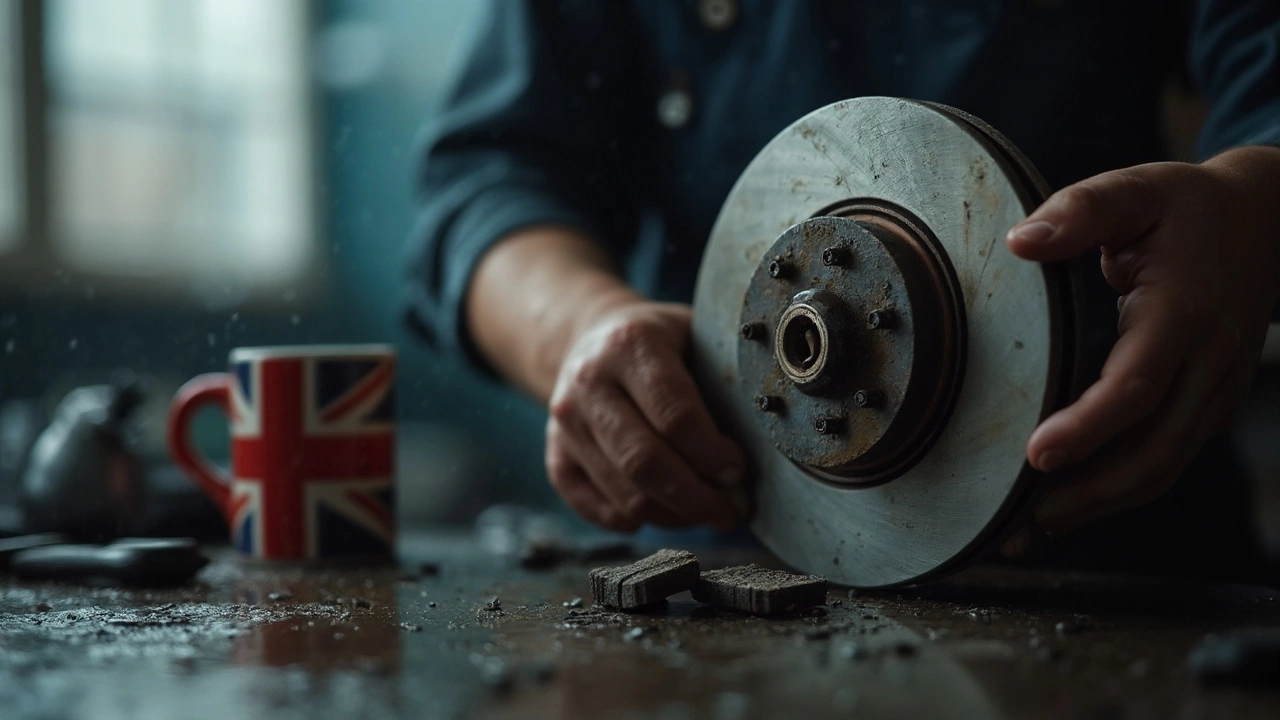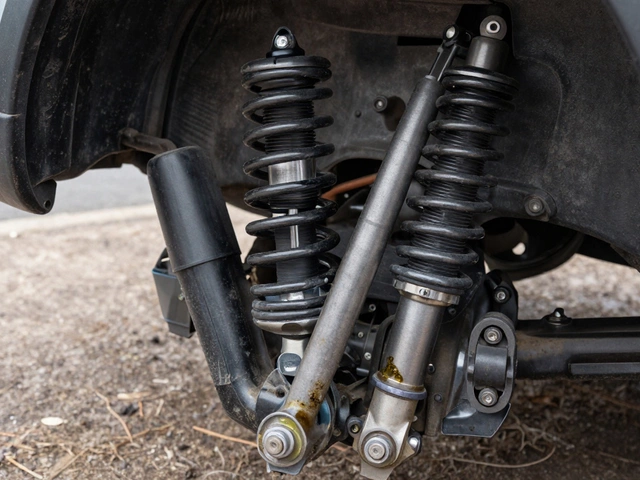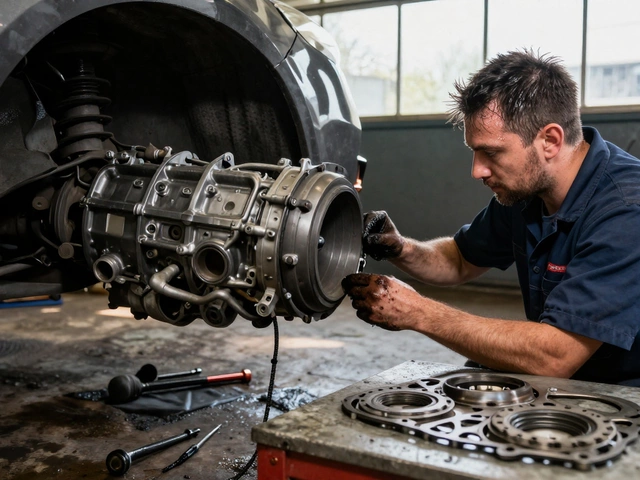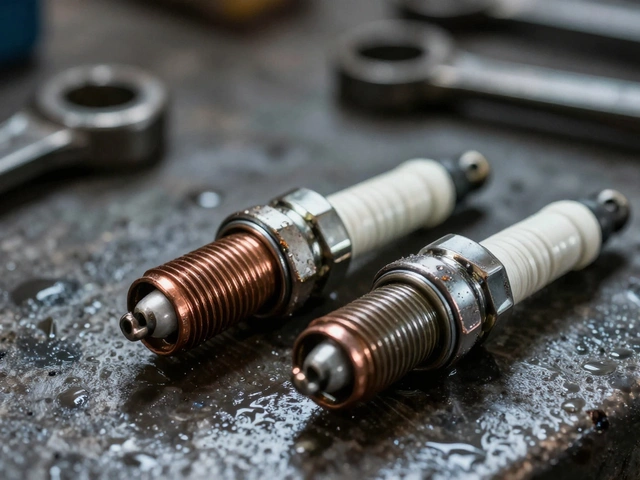Brake Safety: Signs, Risks, and What You Need to Know
When it comes to your car, nothing matters more than brake safety, the system that lets you stop your vehicle reliably and predictably. Also known as braking performance, it’s not just about pressing a pedal—it’s about the entire brake system, the collection of pads, rotors, calipers, and fluid that work together to slow your car. If any part fails, your control vanishes. And unlike a blown fuse or a noisy exhaust, brake problems don’t whisper—they scream with vibrations, squeals, or worse, silence.
Most drivers don’t check their brakes until something goes wrong. But brake pads, the friction material that presses against the rotors to create stopping power wear down slowly. By the time you hear grinding, you’re already damaging the brake rotors, the metal discs that rotate with your wheels and get gripped by the pads. Resurfacing them might seem cheaper, but if they’re too thin or cracked, replacement is the only safe choice. And it’s not just about parts—your brake fluid gets dirty over time, absorbing moisture that lowers its boiling point. That means under hard braking, your pedal goes soft. No magic. No warning light. Just loss of control.
Brake safety isn’t a yearly checkbox. It’s a daily responsibility. A wobbling steering wheel when you brake? That’s warped rotors. A spongy pedal? Air or fluid leak. A pulling sensation to one side? Stuck caliper or uneven pad wear. These aren’t "maybe" problems—they’re red flags that demand action now. Waiting until the next service is gambling with your life and everyone else’s on the road. The good news? You don’t need to be a mechanic to spot the early signs. A quick visual check, listening for unusual noises, and feeling how the car responds can catch issues before they become emergencies.
Below, you’ll find clear, no-fluff guides on exactly what to look for, when to replace parts, and how to avoid costly mistakes. Whether you’re wondering if you can skip rotor replacement when changing pads, or how to tell if your rotors are worn past the point of no return, the posts here give you real answers—not theory. This isn’t about fixing your car for fun. It’s about making sure it stops when you need it to. And that’s not something you can afford to guess at.






